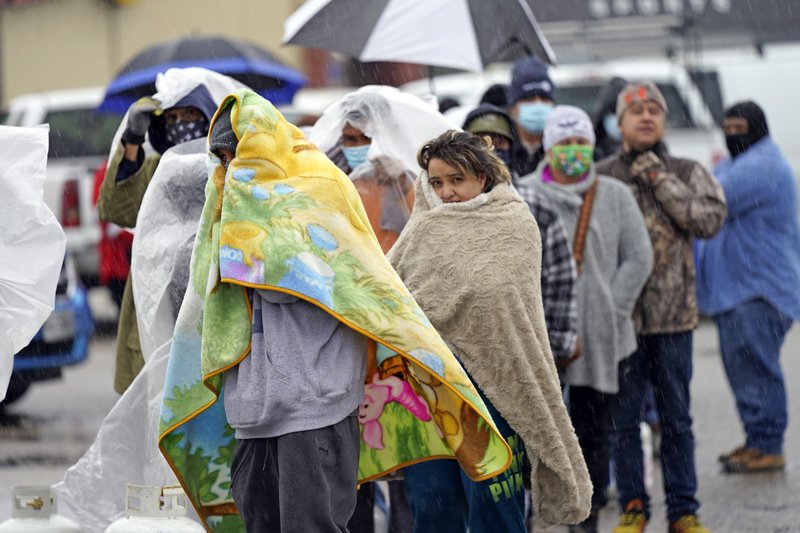Wholly redesigning the power grid in Texas seems unlikely. After the snow melts, the state will need to tackle two more straightforward questions. The first is whether it needs to increase reserve capacity. “If we impose a capacity market here and a bunch of new cap-ex is required to winterise equipment, who bears that cost? Ultimately it’s the customer,” says Bobby Tudor, chairman of TPH. The second is how Texas can ensure the reliability of equipment in extreme weather conditions. After a polar vortex in 2014 hit the east coast, PJM, a regional transmission organisation, started making higher payments based on reliability of service, says Michael Weinstein of Credit Suisse, a bank. In Texas there is no penalty for systems going down, except for public complaints and politicians’ finger-pointing.
得州电网似乎不太可能进行完全的重新设计。雪融化后,州政府需要解决两个更直接的问题。首先是是否需要增加储备电量。TPH公司董事长鲍比·都铎表示,“如果我们要在得州建立电力容量市场,就需要一批新的资本性支出用于过冬设备,那谁来承担这个成本?最终还是用户。”第二个问题是,得州如何确保极端天气条件下的设备可靠性。瑞士信贷银行的迈克尔·温斯坦表示,2014年,东海岸遭遇极地漩涡袭击后,地区输电组织PJM开始为追求服务的可靠性而支付更高额的费用。此次得州电力系统的崩溃只遭到了公众的抱怨和政客的指责,却没有受到惩罚。

Texas is hardly the only state to struggle with blackouts. Parts of California, which has a more tightly regulated power market, are regularly plunged into darkness during periods of high heat, winds and wildfires. Unlike Texas, much of northern California is dependent on a single utility, PG&E. The company has been repeatedly sued for dismal, dangerous management. But, as in Texas, critics have blamed intermittent renewable power for blackouts. In truth, California’s blackouts share many of the same causes as those in Texas: extreme weather, power generators that fail unexpectedly, poor planning by state regulators and an inability (in California, temporary) to import power from elsewhere. In California’s blackouts last year, solar output naturally declined in the evening. But gas plants also went offline and weak rainfall lowered the output of hydroelectric dams.
得州并不是唯一一个与停电作斗争的州。加州部分地区的电力市场监管更为严格,在高温、大风和野火期间,这些地区经常陷入黑暗之中。与得州不同的是,北加利福尼亚州的大部分地区只依赖于一个单一的公用事业公司——太平洋燃气电力公司(PG&E)。该公司曾多次因管理不善和危险管理而被起诉。但和得州情况一样的是,批评人士指责间歇性可再生能源是停电的罪魁祸首。事实上,加州的停电原因与得州的停电原因有许多相同点:极端天气、发电机意外故障、州监管机构规划不力以及(加州暂时)无法从其他地方输入电力。在加州去年的大停电中,夜晚的太阳能发电量自然下降。天然气发电厂也关闭了,弱降雨还降低了水电站的发电量。
In California, as in Texas, it would help to have additional power generation, energy storage to meet peak demand and more resilient infrastructure, such as buried power lines and more long-distance, highvoltage transmission. Weather events that once might have been dismissed as unusual are becoming more common. Without more investment in electricity grids, blackouts will be, too.
和得州的解决方式相同,在加州增加能够满足其高峰需求的备用发电和储能,以及建设适应能力更强的基础设施(如埋地输电线和更远距离的高压输电)将有所帮助。曾经因罕见而被疏忽的天气事件正变得越来越普遍。如果不对电网进行更多的投资,停电也将再次发生。
译文由可可原创,仅供学习交流使用,未经许可请勿转载。











